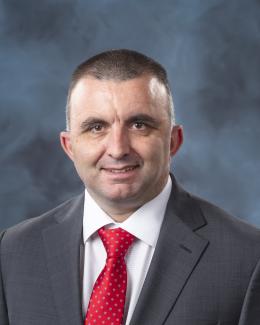Abstract
Single-photon detectors operating on satellites for use in a quantum communications network can incur large dark-count-rate increases from the natural radiation environment of space. Displacement damage to the material lattice of a detector from the ionizing radiation can result in a permanent dark-count increase in the detector. In this work, we analyze the radiation-induced dark-count rate of a silicon single-photon avalanche diode onboard a satellite at different orbiting altitudes, as well as, the additional radiation from a nuclear-disturbed environment caused by a high-altitude nuclear explosion. For detectors on low Earth orbit satellites, protons are the biggest source of radiation damage and are best mitigated by choosing an orbit that minimizes exposure when passing through the South Atlantic Anomaly and Polar Cusps. Detectors on medium Earth orbit and geostationary orbit satellites, if shielded by more than 10 mm of aluminum, provide the best platform in terms of the least amount of radiation damage to the detectors. In the event of a high-altitude nuclear explosion, the artificial radiation belts produced by the explosion will cause too much damage to silicon single-photon detectors on low Earth orbit satellites and render them unfit for quantum communications in less than a day. Higher orbit satellites will only suffer minor dark-count-rate increases from the artificial radiation belts.





